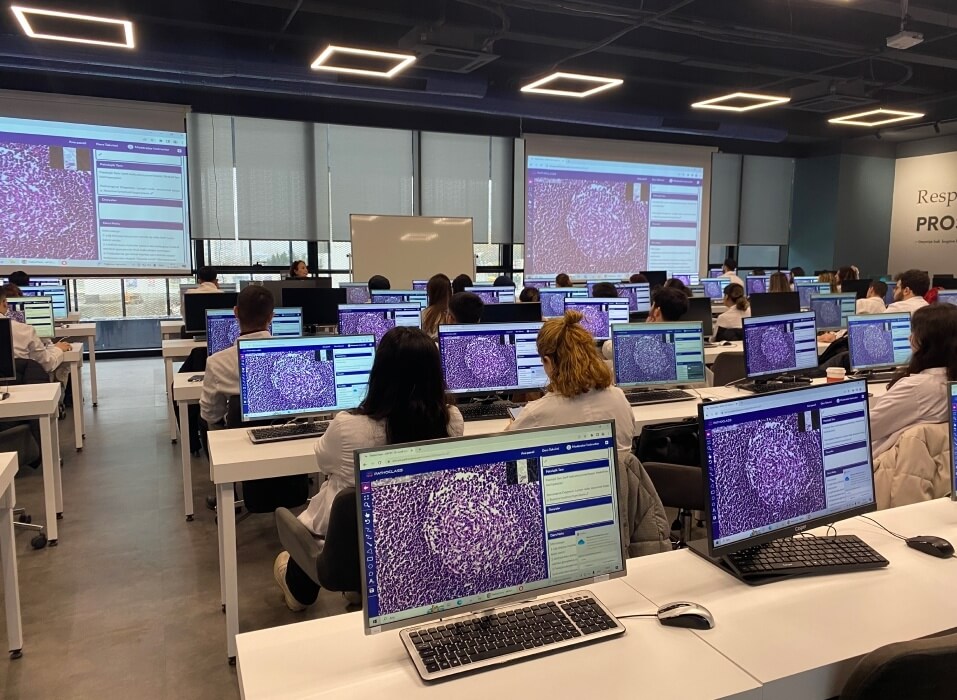



Explore Virasofts advanced academic platforms designed for the future of pathology.
Virasoft’s academic solutions are consisted of:
Our academic platforms bring instructors and students together with scanned whole slide images (WSIs), assignments and lectures.









Virasoft Solution: VIRAPIS
Virasoft Solution: VIRAPIS
Virasoft Solution: VIRAPIS
Virasoft Solution: VIRAPIS
Virasoft Solution: VIRAPIS
Virasoft Solution: VIRAPIS
Virasoft Solution: VIRASIGHT
Virasoft Solution: VIRAPIS
Virasoft Solution: VIRAPIS & VIRASIGHT
cases reported
in 2024
algorithms used
in 2024
cases consulted
in 2024
students attended